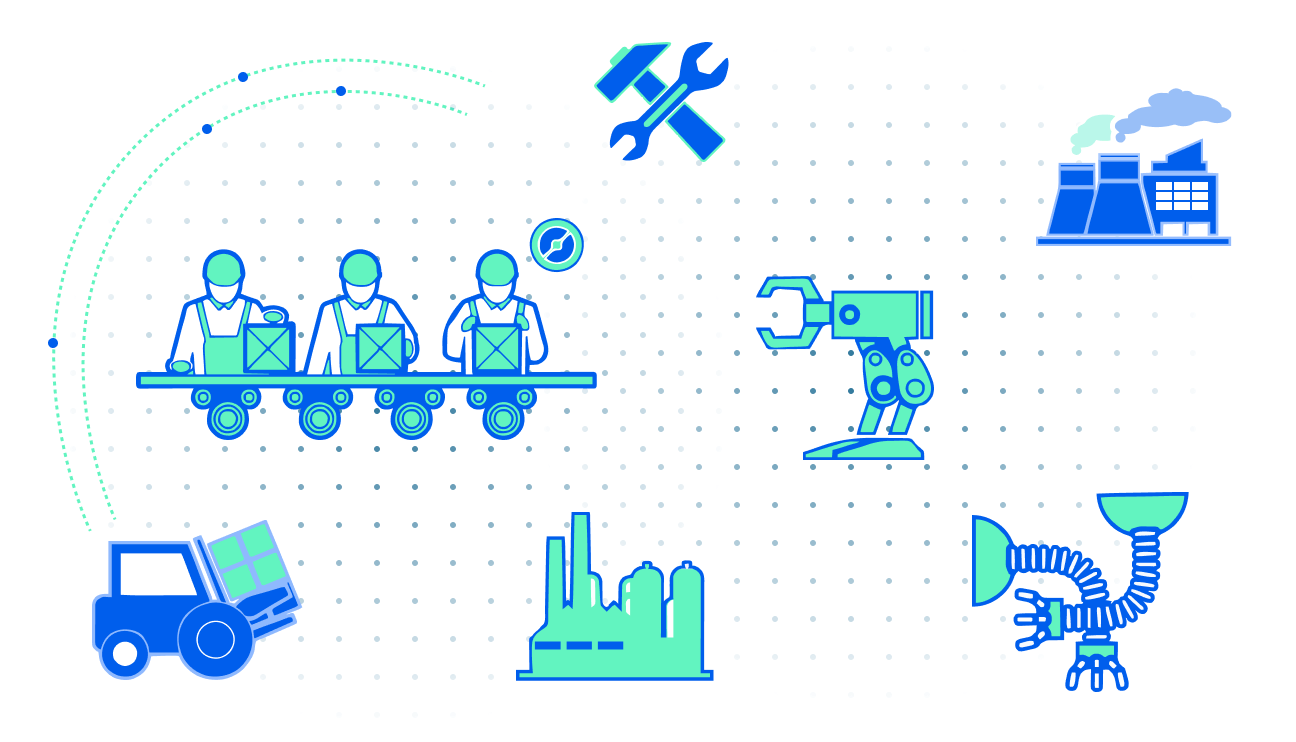Turn Factory Floor Data Into
Real-Time Production Intelligence
Real-Time Production Intelligence
Use the power of streaming SQL to instantly analyze IoT sensor data, predict maintenance needs, and maximize your Overall Equipment Effectiveness (OEE).

Trusted by 1,000+ Data-Driven Organizations
to harness continuous insights from both live and historical data.
Trusted by 1,000+ Data-Driven Organizations to harness continuous insights from both live and historical data.
Is Your Manufacturing Data Stuck in the Past?
Traditionally, critical production data from your SCADA systems and IoT sensors sits for hours or even days in batch pipelines and data warehouses. By the time you run a report, a quality issue has already led to a high scrap rate, or a machine's performance has degraded, causing an unforeseen bottleneck.
RisingWave is a unified stream data platform built for the 'now', empowering you to analyze and act on data the moment it's generated.
Enable Predictive Maintenance
Create streaming SQL queries to identify patterns that predict equipment failure before it happens. Turn maintenance from a reactive cost center into a strategic, data-driven advantage.
Monitor OEE in Real-Time
Continuously calculate and display your Overall Equipment Effectiveness on live dashboards. No more waiting for end-of-shift reports to spot and correct inefficiency.
Automate Quality Control
Analyze sensor data from your production line as it's generated. Instantly flag anomalies and quality deviations to drastically reduce scrap, waste, and rework.

See RisingWave in Action: The IoT Predictive Maintenance Demo
This interactive demo simulates a fleet of factory machines, each sending sensor data (temperature, vibration, power output) in real-time. You can see how RisingWave, with a few lines of simple streaming SQL, continuously processes this massive stream to:
Instantly identify machines operating outside of normal parameters.
Create a live, self-updating materialized view of all 'at-risk' equipment.
Trigger alerts that would be sent to a plant manager's dashboard or a maintenance team's ticketing system.
Start Your Journey to Real-Time Intelligence
Use the power of streaming SQL to transform your operations and achieve measurable results.
Reduce Unplanned Downtime
Go from reactive repairs to proactive maintenance by predicting equipment failures before they happen.
Increase Production Throughput
Maximize your Overall Equipment Effectiveness (OEE) by identifying and eliminating hidden bottlenecks in real-time.
Minimize Scrap & Rework
Catch quality deviations the moment they occur, drastically reducing waste and protecting your profit margins.










